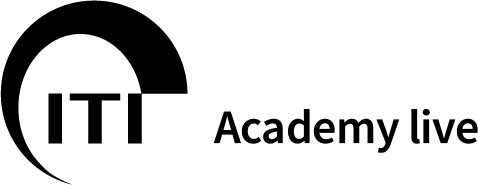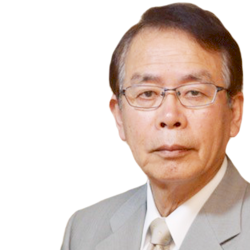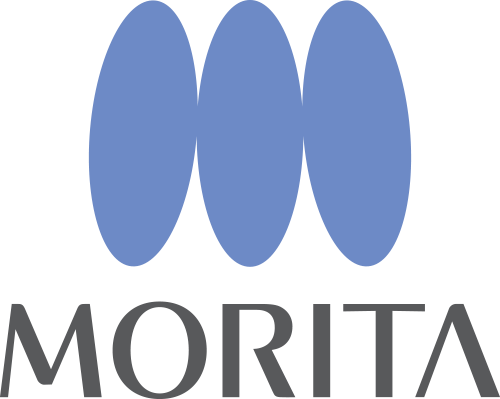Enhancing infection control in the dental practice: Strategies, challenges, and sustainable solutions
Join us for a webinar launching the supplement "Current Concepts in Infection Prevention and Control in Dentistry", published in the International Dental Journal. This supplement provides a comprehensive analysis of five critical areas in dental infection control, covering bioaerosols and airborne transmission, dental unit waterline biofilm contamination, bloodborne viral infection risks, the environmental impact of disposable PPE, and cross-infection management in clinical practice. Drawing on the latest research and lessons from COVID-19, the webinar will present key findings, highlight ongoing challenges, and discuss strategies to enhance protocols and sustainability in dental infection prevention.
Join us for a webinar launching the supplement “Current Concepts in Infection Prevention and Control in Dentistry”, published in the International Dental Journal. This supplement provides a comprehensive analysis of five critical areas in dental infection control, covering bioaerosols and airborne transmission, dental unit waterline biofilm contamination, bloodborne viral infection risks, the environmental impact of disposable PPE, and cross-infection management in clinical practice. Drawing on the latest research and lessons from COVID-19, the webinar will present key findings, highlight ongoing challenges, and discuss strategies to enhance protocols and sustainability in dental infection prevention.
Learning objectives:
- State how aerosols carrying biological material are generated during dental procedures, and how the risks posed by these can be controlled.
- Interpret how safe working practices can reduce risks of occupationally acquired bloodborne viral infections in the dental workplace.
- Recognise the complexities of dental unit waterline decontamination and the need to address the quality of water supplied to dental chairs
- State how purchasing decisions around PPE (masks, respirators and gowns) have impacts on the environment.
- Recognise that a range of technologies can be used to meet the goals of managing environmental surfaces and reprocessing instruments
Webinar presentations
1. Bioaerosols and Airborne Transmission in the Dental Clinic – Should we still care?
Mr James Allison
Interest in aerosols in dentistry peaked during the COVID-19 pandemic. As things have returned almost to normal, should we still care about the aerosols dental professionals create?
Learning objectives:
- Understand the importance of bioaerosols in dentistry.
- Have an awareness of methods of bioaerosol control.
- Be familiar with methods of measuring bioaerosols.
2. Dental unit waterline contamination, disinfection and management: current perspectives
Professor Lakshman Samaranayake
Dental unit water line (DUWL) contamination is a perennial concern in dentistry, stemming primarily from the sources of biofilms within the water conduits Although most biofilms harbour non-pathogenic saprophytes they may also offer a habitat for pathogens posing risks of infection transmission, in particular to compromised patient groups.
To mitigate DUWL contamination, several measures such as flushing protocols, periodic chemical disinfection, have been used and each measure carries its own advantages and disadvantages.
Regulations across jurisdictions stipulate varying minimal microbial load thresholds permissible in DUWL with best practice guidelines advocating stringent control measures to ensure patient safety. This presentation will summarise the foregoing issues related to DUWL contamination.
Learning objectives:
- State the sources and origins of dental unit water line contamination
- Name the organisms that commonly inhabit water lines and their pathogenic potential
- Iterate measure that help mitigate water line contamination
- State the advantages and disadvantages of different measures used in water line decontamination
- Enunciate the variations in minimal microbial loads legally permitted in various jurisdictions and the best practice guidelines
3. Blood-borne Infections Relevant to Dental Practice
Professor Suhail AL-AMAD
Dental practice involves using sharp dental tools that are commonly contaminated with blood, which puts dental practitioners at a significant risk of getting infected by blood-borne pathogen, mainly hepatitis B, C, and HIV. Several seroprevalence studies and case reports traced back newly diagnosed cases of hepatitis B and C to recent episodes of dental treatments. This paper provides an update on the prevalence of hepatitis B, C and HIV, the likelihood of acquiring an infection following an occupational injury, the manner by which serological tests should be interpreted, and practical advices on how to reduce risks of potential occupational exposures.
Learning objectives:
- Be acquainted with the updated prevalence rates of hepatitis B, C and HIV
- Appreciate the likelihood of acquiring a blood-borne infection following occupational injuries
- Interpret results of serological assays following percutaneous or mucocutaneous occupational exposure to hepatitis B, C or HIV infected patient
- Learn practical tips on how to reduce risks of occupational exposure to blood-borne pathogens
4. PPE and instrument reprocessing: insights for effectiveness and sustainability
Emeritus Professor Laurence Walsh
Wearing PPE and reprocessing reusable dental instruments and devices are key components of modern infection control. In recent years, more options have become available in both areas, with enhanced effectiveness and safety. At the same time, greater attention is now being paid to environmental impacts. This presentation highlights some key examples, including reuseable gowns and reuseable masks. It also discusses high throughput sterilizing technologies suitable for small dental clinics. An argument is made for the need to return to reusable metal or plastic suction tips that withstand steam sterilization, rather than using disposable single use tips.
Learning objectives:
- Appreciate the increasing range of options available for reprocessing dental instruments including new sterilizing technologies
- Gain insights into the performance of reuseable forms of PPE including gowns and masks
- Understand how purchasing choices at the clinic level affect clinical operating costs and environmental impacts


 CE Communities
CE Communities



































 English
English








































